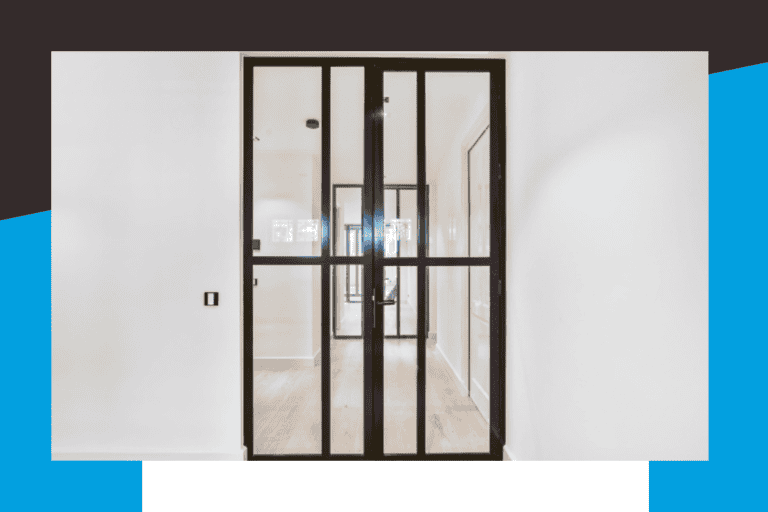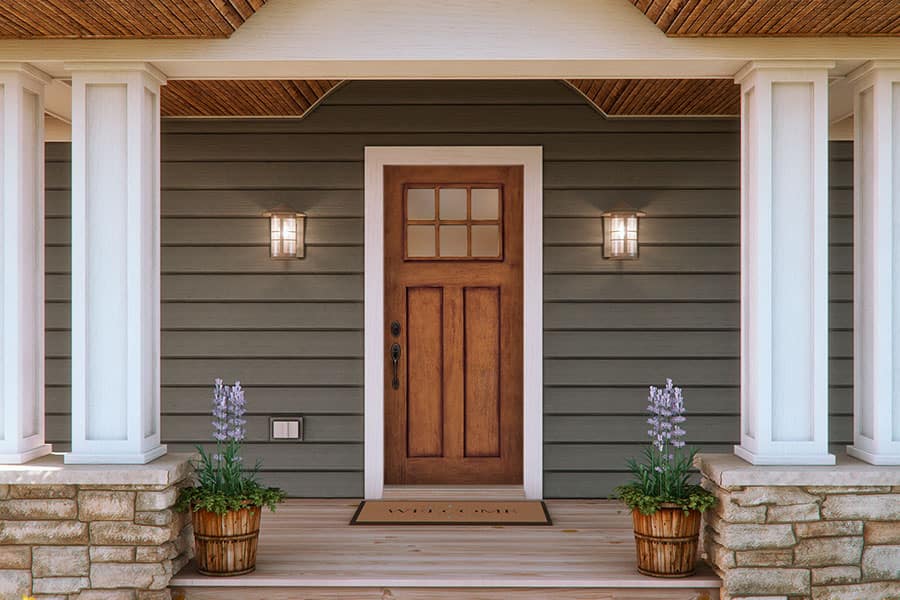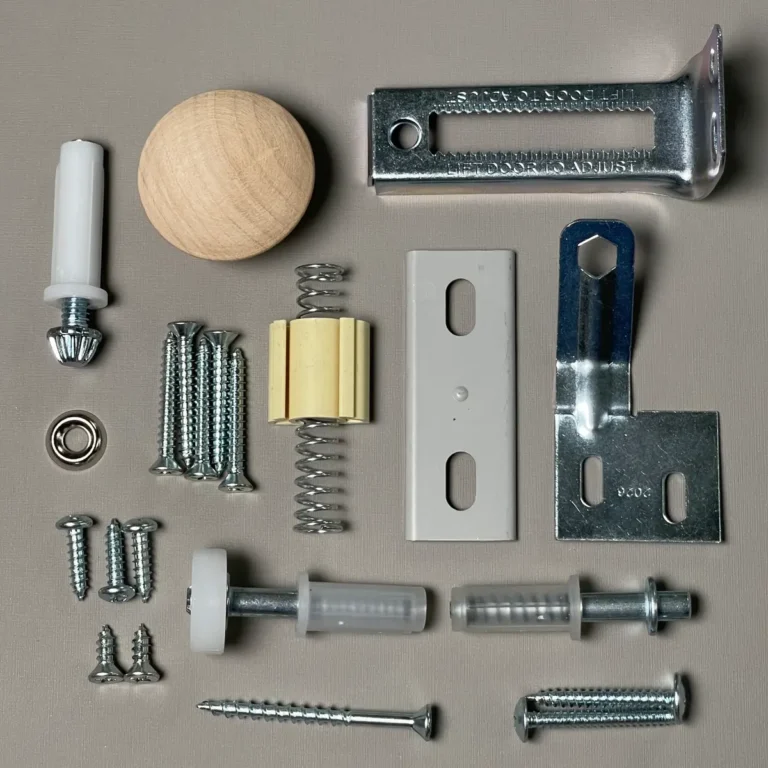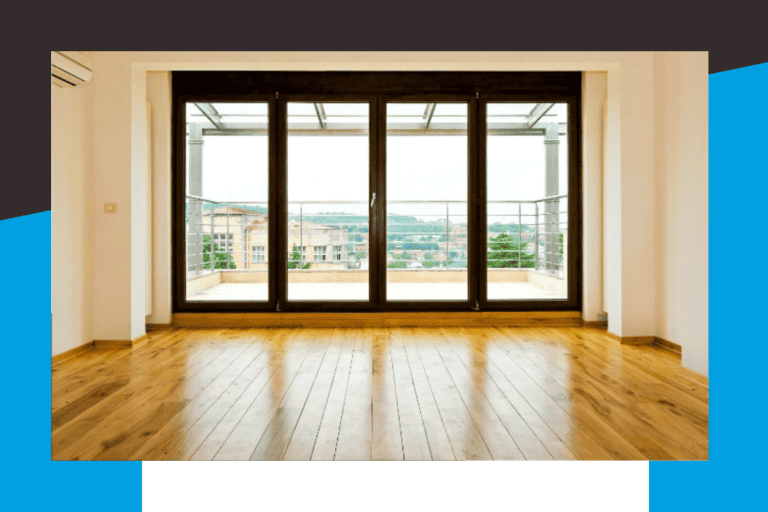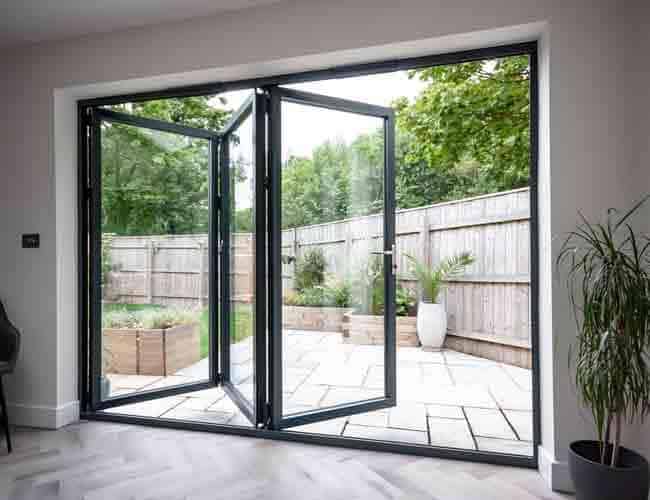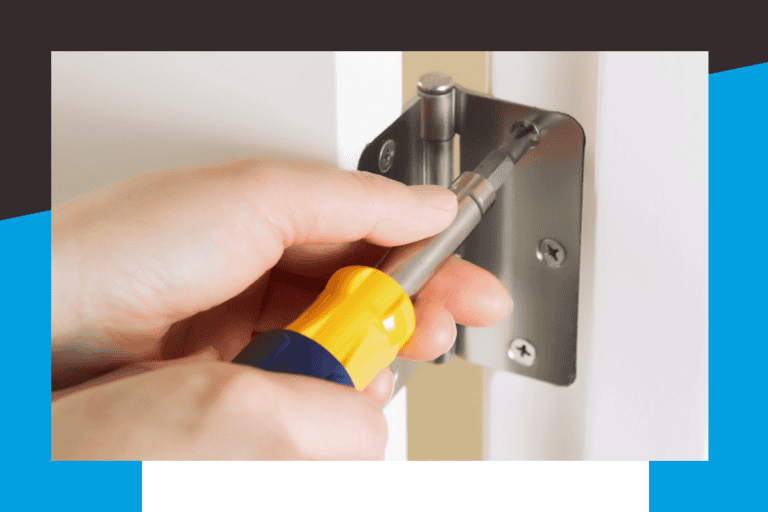It’s a common dilemma: should you keep interior doors open or closed when the air conditioning is running?
This question isn’t just about comfort; it can significantly impact your energy bills and your home’s overall cooling effectiveness. In this post, we’ll explore the pros and cons of both approaches to help you make the best decision for your home.
How AC Efficiency Works
The Basics of Home AC Systems
Air conditioning systems maintain comfort in our homes through a complex process. Central AC systems circulate refrigerant through a closed loop, involving several key components: the compressor, condenser, expansion valve, and evaporator. The compressor pressurizes the refrigerant into a hot gas. This gas releases heat to the outside air as it flows through the condenser coils, becoming a liquid. The expansion valve then reduces the pressure on the liquid refrigerant, causing it to evaporate and absorb heat from the indoor air as it passes through the evaporator coils.
Air Circulation: Key to Cooling Efficiency
Effective air circulation plays a vital role in AC efficiency. Modern air conditioners can use 30% to 50% less energy to produce the same amount of cooling as air conditioners made in the mid 1970s. Even distribution of cool air throughout your home reduces the workload on your AC to maintain the desired temperature. This distribution relies on a network of ducts and vents, as well as the natural flow of air within your living spaces.
The Door Dilemma: Open or Closed?
The position of your interior doors significantly impacts airflow and temperature distribution. Open doors allow free air movement, promoting even cooling throughout the house. However, this approach may not always prove most efficient, especially in multi-story homes or when you want to cool specific areas.

Closed interior doors can create pressure imbalances, forcing your AC to work harder. Energy Star reports that imbalances are caused by exhaust devices, duct leakage, and interior doors in houses using central air return. However, closing doors can benefit you when you want to focus cooling on occupied areas, potentially reducing overall energy consumption.
Optimizing Your Home’s Airflow
To maximize AC efficiency, consider these practical steps:
- Clear all supply and return vents of obstructions.
- Use ceiling fans to enhance air circulation and create a wind-chill effect.
- Seal any air leaks around windows and exterior doors to prevent cool air escape.
Every home is unique. The optimal door strategy for AC efficiency depends on your specific layout, insulation, and cooling needs. You can find the best approach for your home by experimenting with different configurations and monitoring your energy usage.
As we move forward, let’s explore the specific advantages of keeping interior doors open for AC efficiency.
Why Open Doors Boost AC Performance
Enhanced Air Circulation
Open interior doors allow unrestricted airflow throughout your home. This means your AC doesn’t have to work as hard to push cool air into different rooms. Space heating, space cooling, and water heating are some of the largest energy expenses in any home. Open interior doors create a more expansive space for your AC to cool, which leads to more efficient operation.
Balanced Temperature Distribution
Open interior doors make you less likely to experience hot and cold spots in your home. The American Society of Heating, Refrigerating and Air-Conditioning Engineers (ASHRAE) recommends consistent temperatures throughout living spaces for optimal comfort. Open doors facilitate this by allowing cooled air to flow freely, creating a more uniform temperature throughout your home.
Reduced Strain on Your AC System
Closed doors can create pressure imbalances, forcing your AC to work harder. Inadequate pipe sizing can cause pressure losses, increase leaks, and increase generating costs. Control systems can increase the energy efficiency of a pump. Open doors help your AC system operate more efficiently, which can extend its lifespan and reduce the need for repairs.
Maximizing Open Door Benefits
To get the most out of open doors, use ceiling fans to enhance air movement. The U.S. Department of Energy reports that using ceiling fans allows you to raise your thermostat setting by about 4°F without affecting comfort (this can translate to significant energy savings over time).
Considerations for Open Door Strategy
While keeping interior doors open is generally beneficial, it’s not a one-size-fits-all solution. Factors like your home’s layout, insulation quality, and individual room usage should all play a role in deciding the best approach for your specific situation.

Now that we’ve explored the benefits of keeping doors open, let’s examine the advantages of closing interior doors in certain situations.
When Should You Close Interior Doors?
Focusing on Occupied Spaces
Closing interior doors to rarely used rooms can concentrate cooling efforts where they’re needed most. This strategy works particularly well in large homes with areas that aren’t frequently occupied. You reduce the volume of air your AC needs to cool, which potentially lowers energy consumption. However, it’s important to note that this approach is most effective when closing off only a few rooms, not a large percentage of your system.
Managing Multi-Story Homes
In multi-story homes, closed doors help manage temperature differences between floors. Hot air rises naturally, which often leaves upper floors warmer than lower levels. Closing doors on the upper floors traps the cooler air and prevents it from sinking to lower levels.
Zoning for Efficiency
Closed doors create informal cooling zones in your home. This proves especially useful if you have a single-zone HVAC system. You can direct more cool air to the areas where you spend the most time by closing doors strategically.

If you work from home, closing the door to your home office helps maintain a comfortable temperature without overcooling the rest of the house.
Maintaining Proper Air Circulation
While closing doors benefits certain situations, it’s important to maintain proper air circulation. If you decide to close doors, consider using door vents or undercutting doors to allow for some airflow. This prevents pressure imbalances that could strain your AC system.
Balancing Open and Closed Doors
The key to optimal AC efficiency lies in finding the right balance between open and closed doors. Try to assess your home’s layout, occupancy patterns, and cooling needs. Experiment with different door configurations and monitor your energy usage to find the most effective strategy for your specific situation.
Final Thoughts
The decision to keep interior doors open or closed for AC efficiency depends on your home’s unique characteristics. Open doors generally promote better air circulation and even temperature distribution. However, closing doors strategically can benefit multi-story homes or spaces with infrequently used areas.

You can maximize AC efficiency through regular HVAC maintenance, using ceiling fans, and proper insulation. We at Door Digest provide up-to-date information on door-related products, trends, and news to help you make informed decisions (Door Digest). Our goal is to assist homeowners, builders, architects, and industry professionals in choosing the best options for their specific needs.
The most effective approach to managing interior doors for AC efficiency often involves a combination of open and closed doors. You should adjust this based on your daily routines and changing seasons. Experiment with different configurations and monitor your energy usage to find the perfect balance that keeps your home comfortable and your energy bills low.

